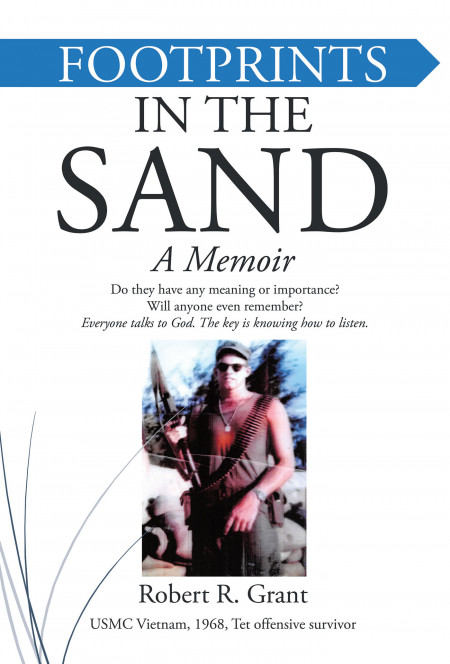
(b) the precipitating factor behind the slaughter occurred the day before, on April 6, at 8:25 pm, when a SAM-16 surface -to-air-missile scored a direct hit on the plane carrying the Rwanda president, Juvénal Habyarimana, as it was about to land in Kigali (Braeckman 1994, 174-180 Prunier, 1995, 213-217) (a) unlike other mass killings in the Great Lakes region, which can best be described as partial genocides (as in Burundi in 1972), or massacres, we are dealing here with a total genocide, resulting in the death of anywhere between 500,000 and a million civilians, overwhelmingly Tutsi, killed in approximately one hundred days, beginning on Ap(Des Forges 1999, 15) These can be briefly summarized as follows: While there are still a number of gaps to be filled, the basic facts that emerge from the huge corpus of literature on Rwanda are beyond dispute. Nonetheless despite its shortcomings, my hope is that this attempt at stock taking may help the readers find their way across this violent and complicated landscape.

So fraught are issues surrounding the Rwanda bloodbath, so charged are the debates it has engendered, that it is all-too-easy to take sides, or at least to tilt, even so subtly, towards one side of the argument or the other. No less important we have tried to give voice to a number of Rwandan actors who, whether as survivors or perpetrators or would be neutral observers, have in one way or another shaped public perceptions of the Rwanda tragedy.įor all our efforts to refrain from being judgmental, our track record on that score is open to debate. Our choice of materials has been dictated by their overall significance in terms of theory, methodology or their impact on the terms of public discourse about the Rwanda genocide.Īnother consideration is their relevance to the analytic themes around which we have constructed this discussion. This is not a comprehensive inventory of every work in print about the genocide.

It seeks to underscore the more recent contributions to the dynamics mass murder, to outline the new research dimensions.
#RAGEFUELED MEMOIR AFFAIR UPDATE#
Some of the more significant publications that came out since 1994 by have been discussed in an earlier version of this article (2013) this update (2018) attempts to cast a wider net. In the 24 years that have gone by since the Rwanda genocide an avalanche of books, reports, memoirs, conference papers and journal articles years have attempted to grapple with the crimes committed in 1994 and the many issues they raise. MINUAR : Mission des Nations Unies pour l’Assistance au Rwanda UNAMIR : United Nations Assistance Mission for Rwanda TPIR : Tribunal Pénal International pour le Rwanda

ICTR : International Criminal Tribunal for Rwanda (Updated version, first version published )


 0 kommentar(er)
0 kommentar(er)
